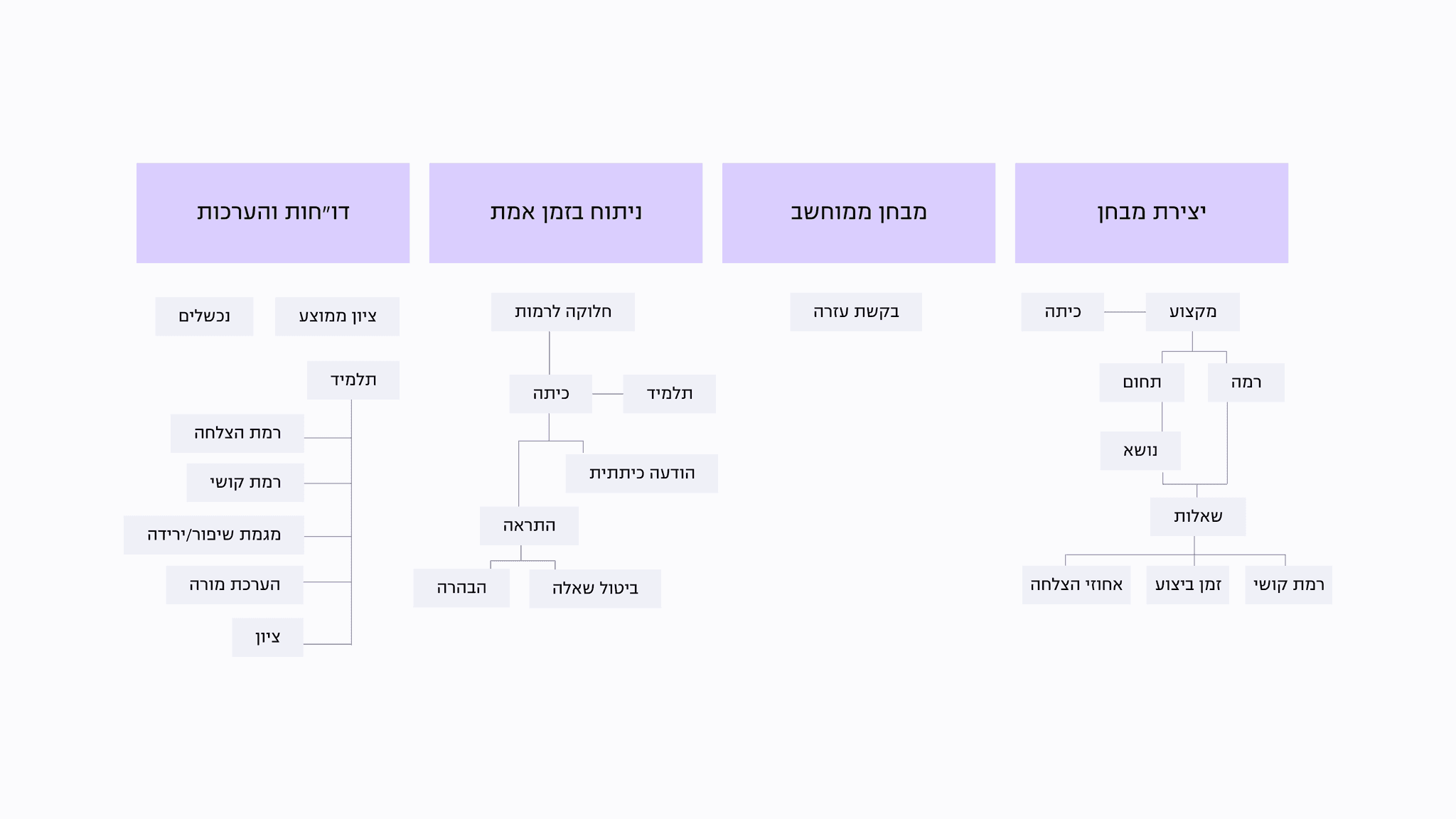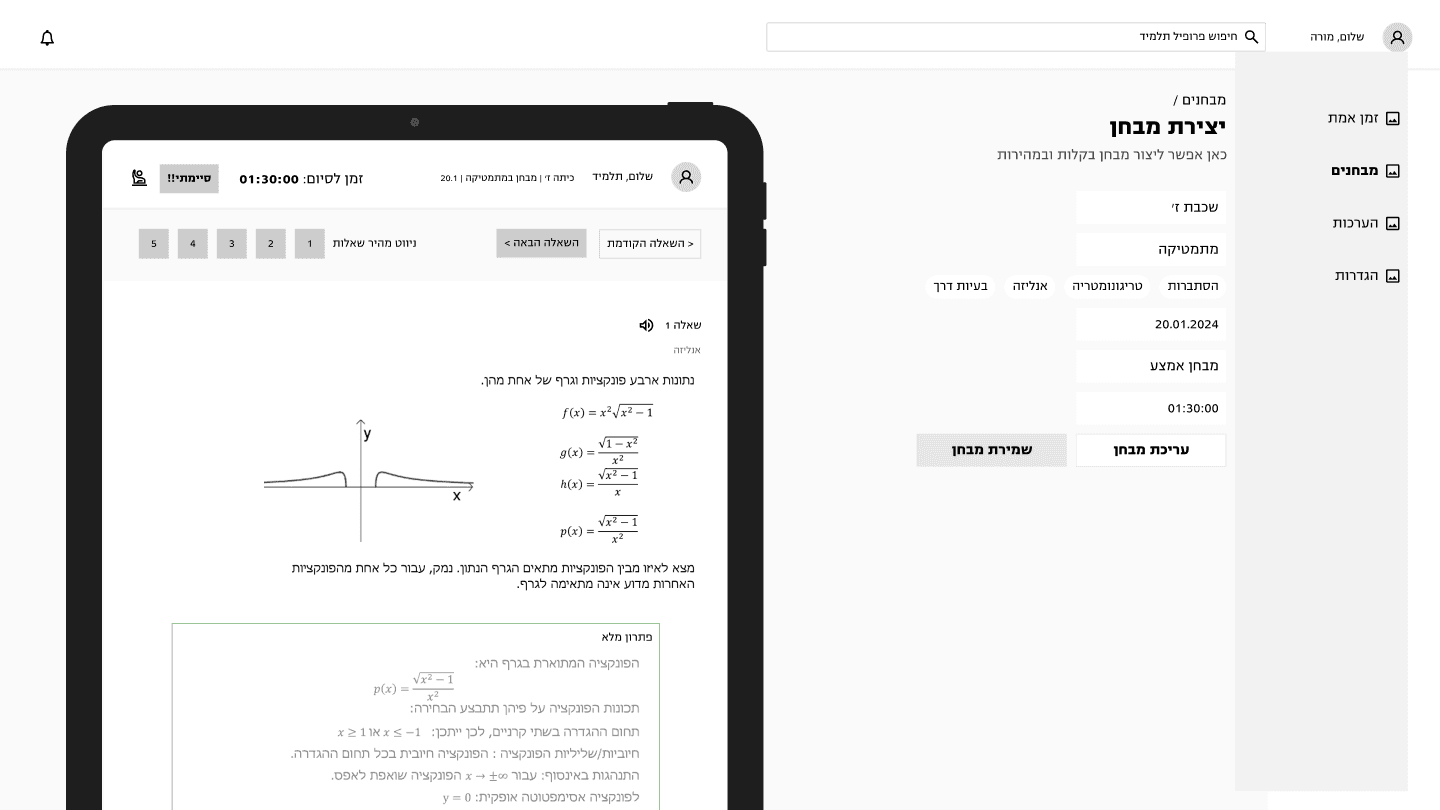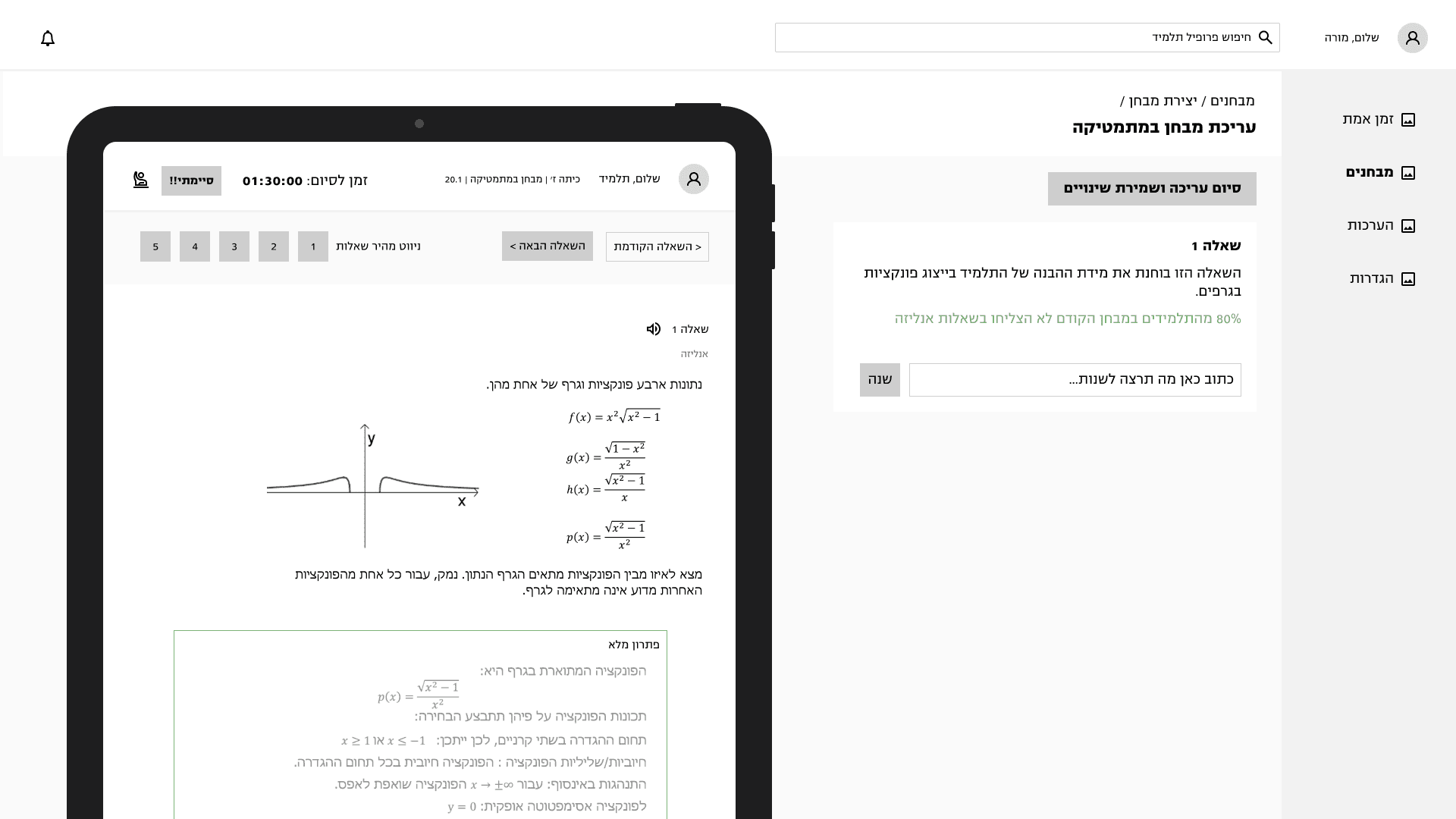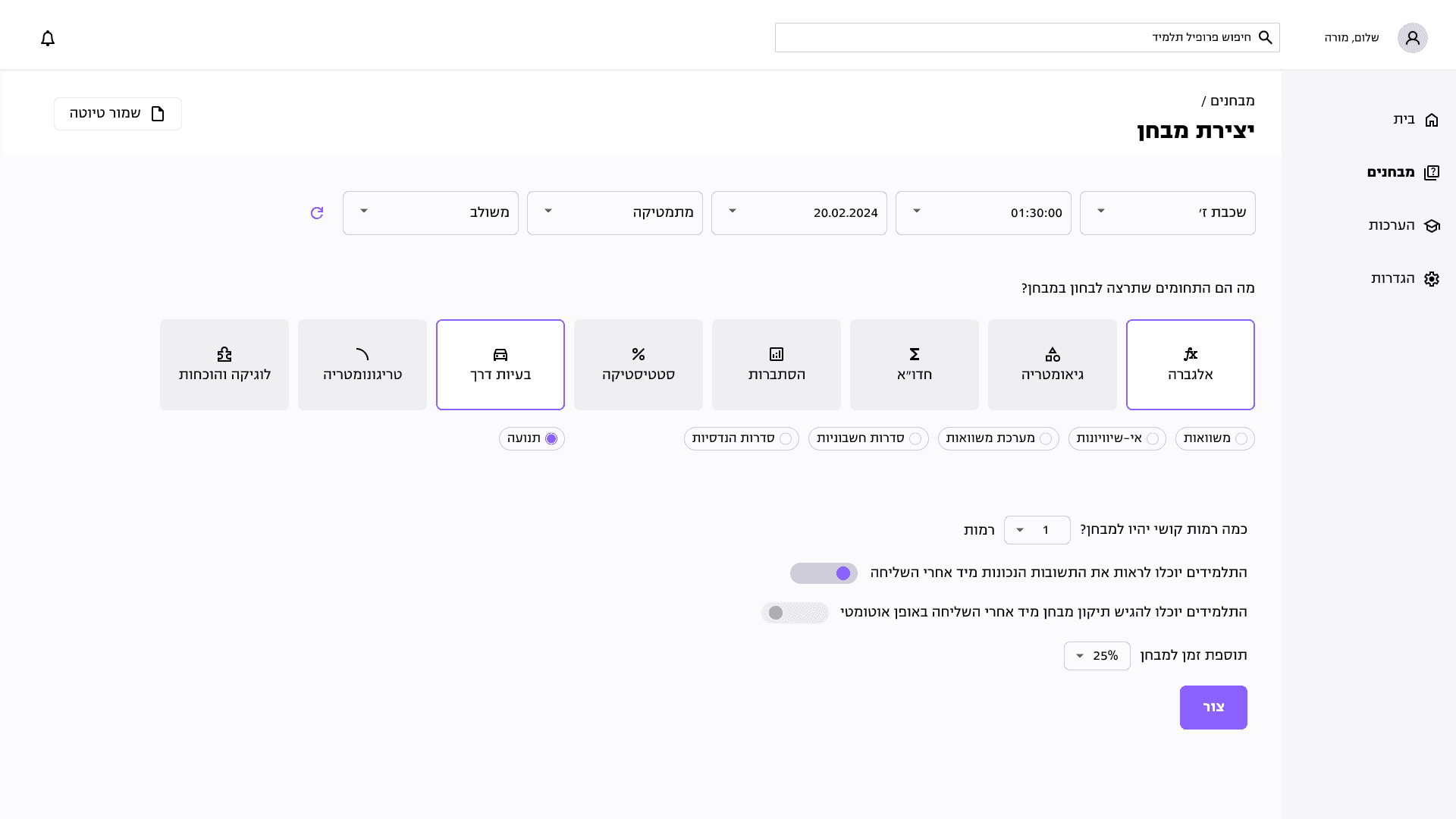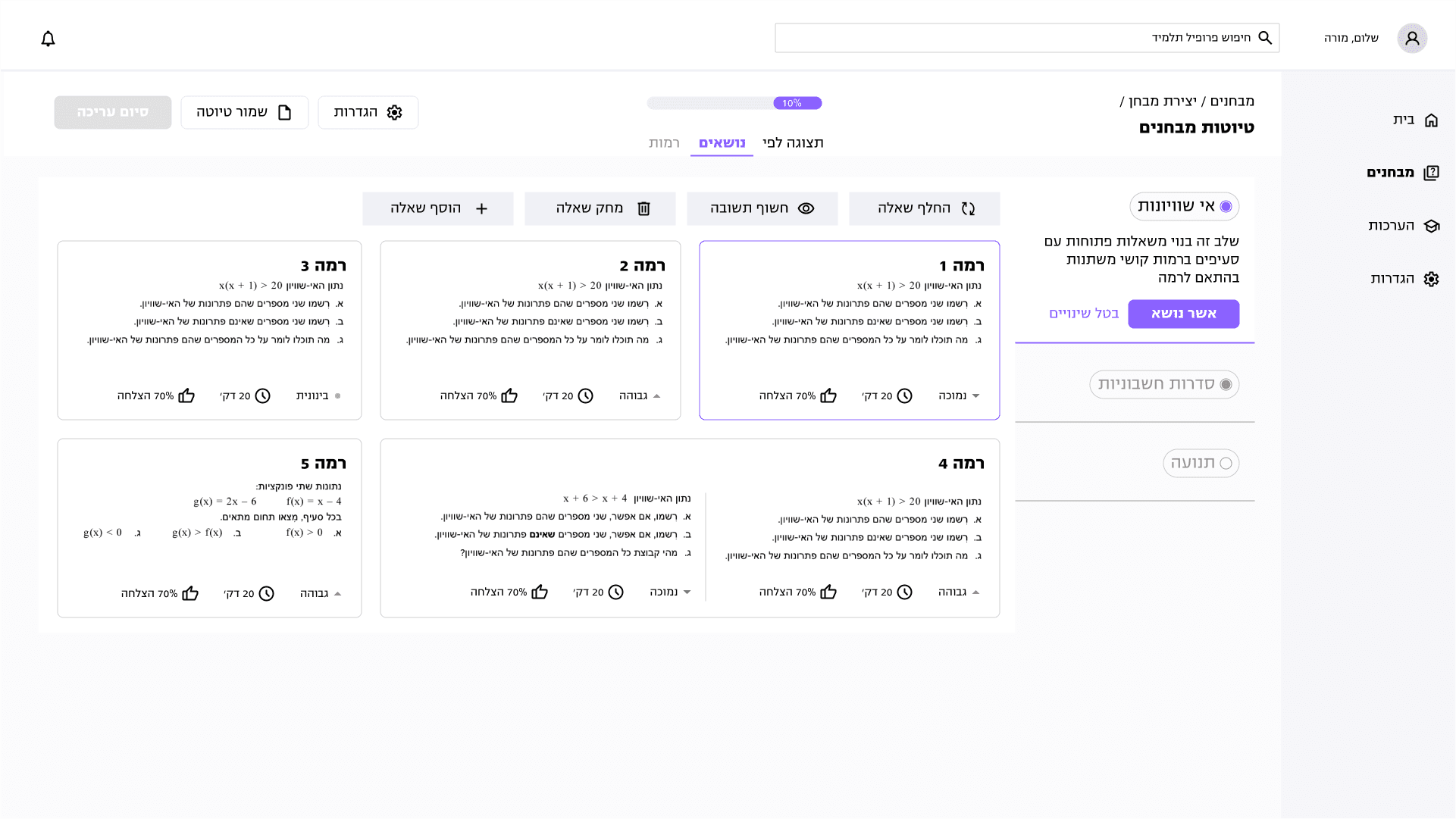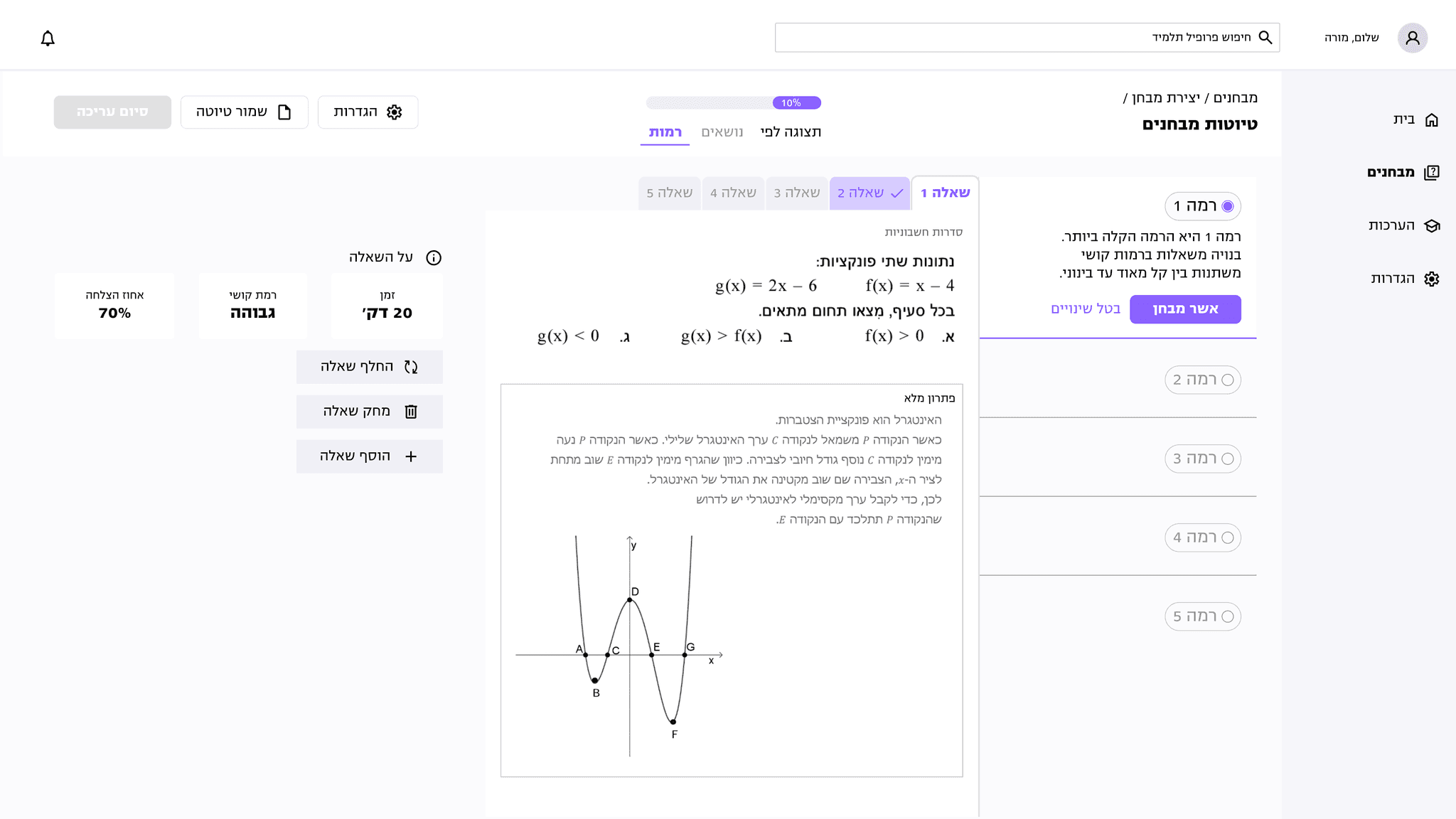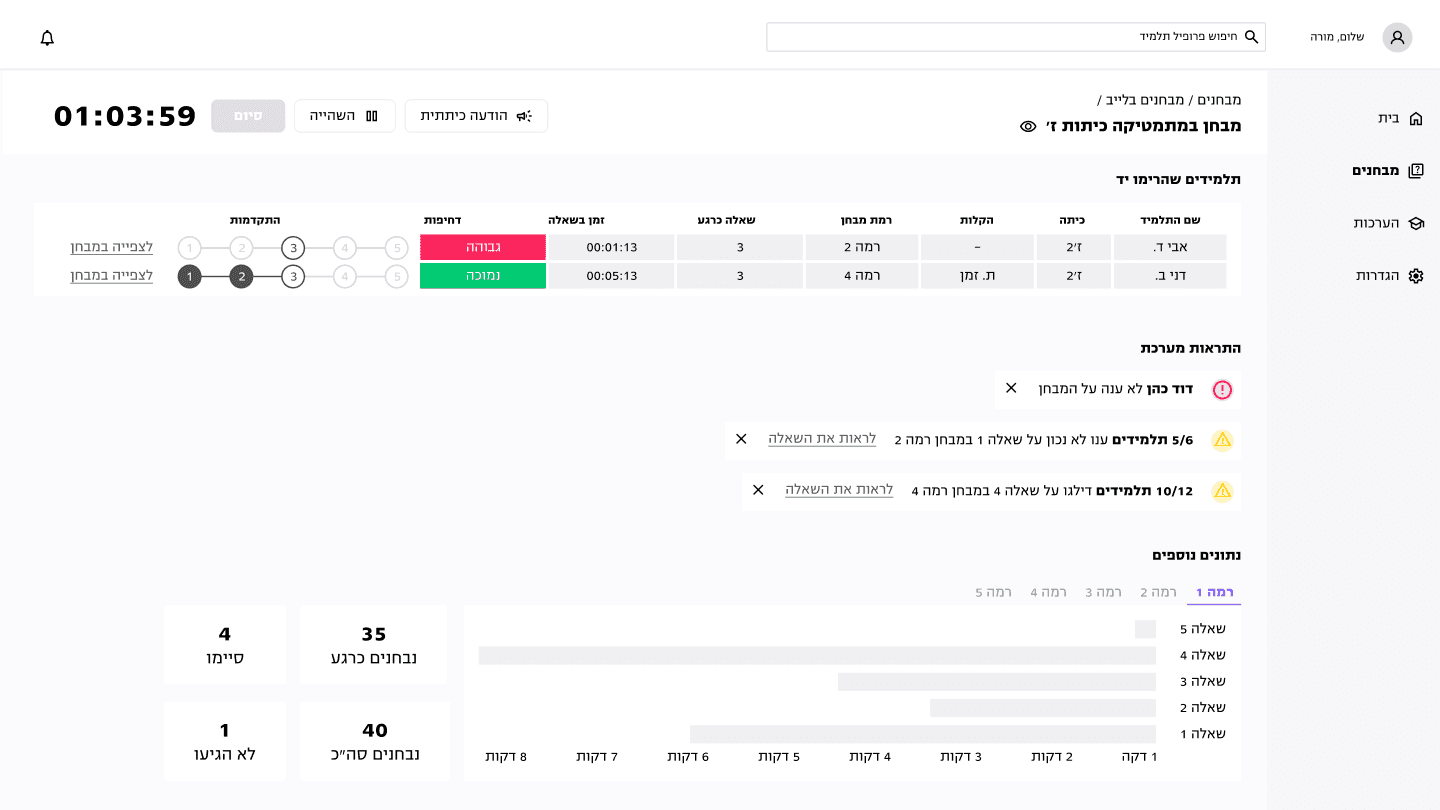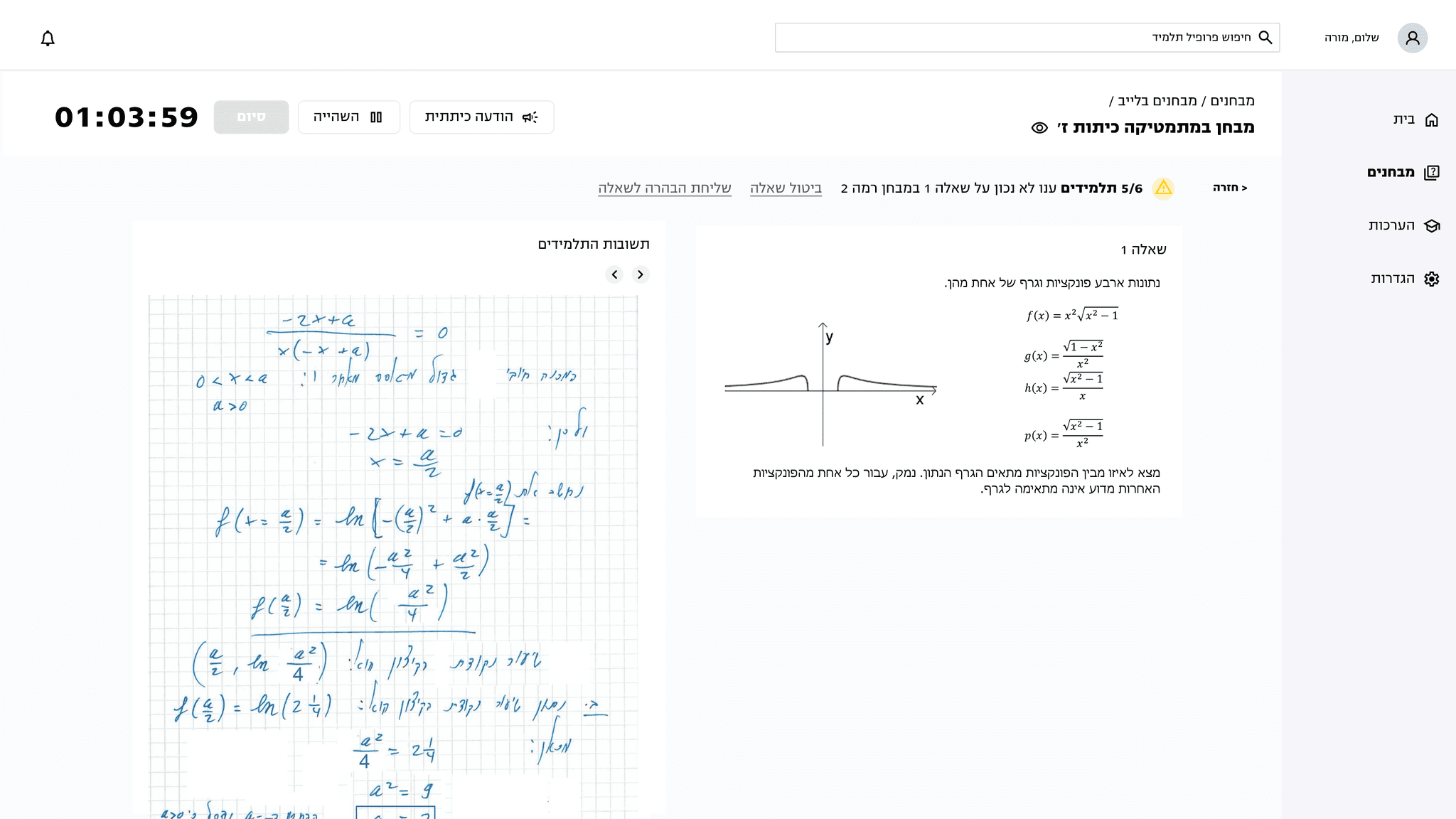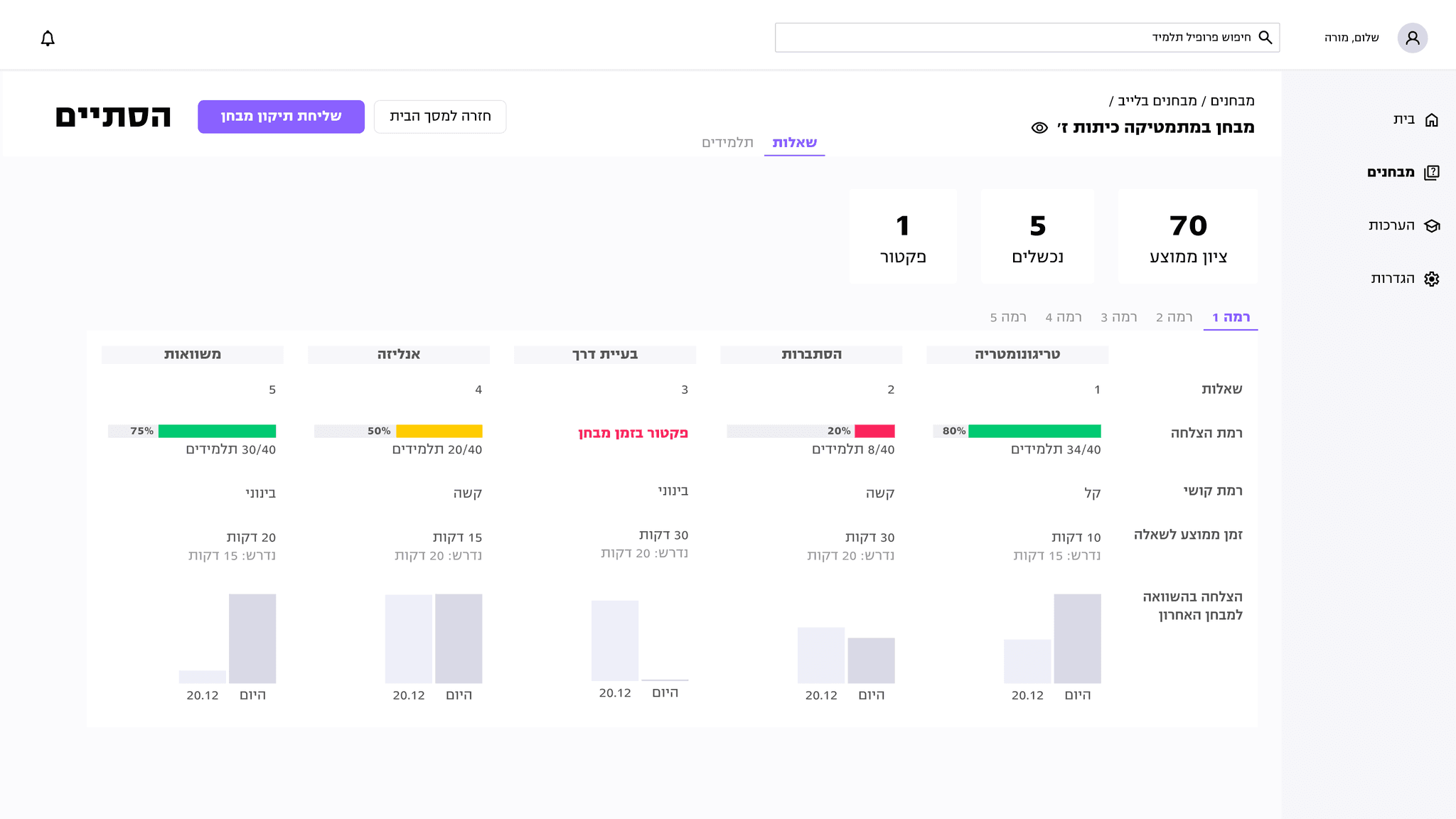back to projects
UI Kit
Figma community
Overview
This project offers a Figma design file for the community, designed for creators looking to craft special interfaces with neumorphic buttons that shine in both dark and light modes. The file is user-friendly and packed with flexible components for easy building.
Challenge
Boho Chique Fashion, a brand synonymous with free-spirited and eclectic fashion, faced a plateau in their online sales. While their clothing line was adored, their digital platform didn't quite capture the brand's unique essence. The challenge was to translate their bohemian charm into a digital experience that resonated with their target audience.
My Role
As the lead digital designer for Boho Chique Fashion, my vision was to infuse the brand's distinct style into every facet of their online presence. Collaborating closely with their creative team, I introduced interactive lookbooks, immersive product displays, and a streamlined checkout process. The design aimed to create a virtual shopping journey that mirrored the tactile and visual delight of browsing in a Boho Chique boutique. Ensuring that the platform was not only functional but also a true reflection of the brand's ethos was paramount.
Final Thoughts
The partnership with Boho Chique Fashion was a harmonious blend of fashion and digital design. The revamped online boutique saw a surge in user engagement and sales, with customers praising the immersive and authentic digital shopping experience. It was a testament to the power of aligning brand identity with digital design, and I'm proud of the vibrant digital tapestry we wove together.
Reasearch
Through comprehensive research into the educational sector, specifically teachers experiences in Israel, I wanted to understand the factors contributing to the rise in teacher burnout. Interview with a teacher revealed tthis following challenges:
Test preparation and grading infringe on teachers' personal time without compensation, yet they are expected to meet strict deadlines for returning graded tests.
The construction of the test is often unstructured and left to the individual teacher's discretion.
The grading process is repetitive and arduous, with challenges in maintaining consistent scoring, sometimes leading to disparities.
Feedback delivery is typically restricted to written comments on the test or discussed during class time, with optional test corrections.
The Ministry of Education has no direct involvement in crafting the content of schools' internal examinations.
The entire process remains analog, relying solely on paper and pen, without the support of any technological tools.
The suggested solution
Introduce automated tools to enhance manual processes and an AI-powered system for test creation and grading. This system would generate exams based on a specified difficulty level and other relevant criteria. An analytical tool would monitor the test in real-time, providing immediate insights and a comprehensive analysis upon completion. This would enable teachers to receive actionable feedback and adapt their teaching strategies based on test outcomes, and of course - save a lot of time.
Main Features
These key features and data entities guided me in designing an effective solution.
1st flow: Creating a test
Initial wireframe
Final result
2nd flow: Real-time testing
Initial wireframe
Real-Time Testing, allows teachers to monitor tests as they are being taken, providing visibility into each student's progress and flagging those who may be struggling.

